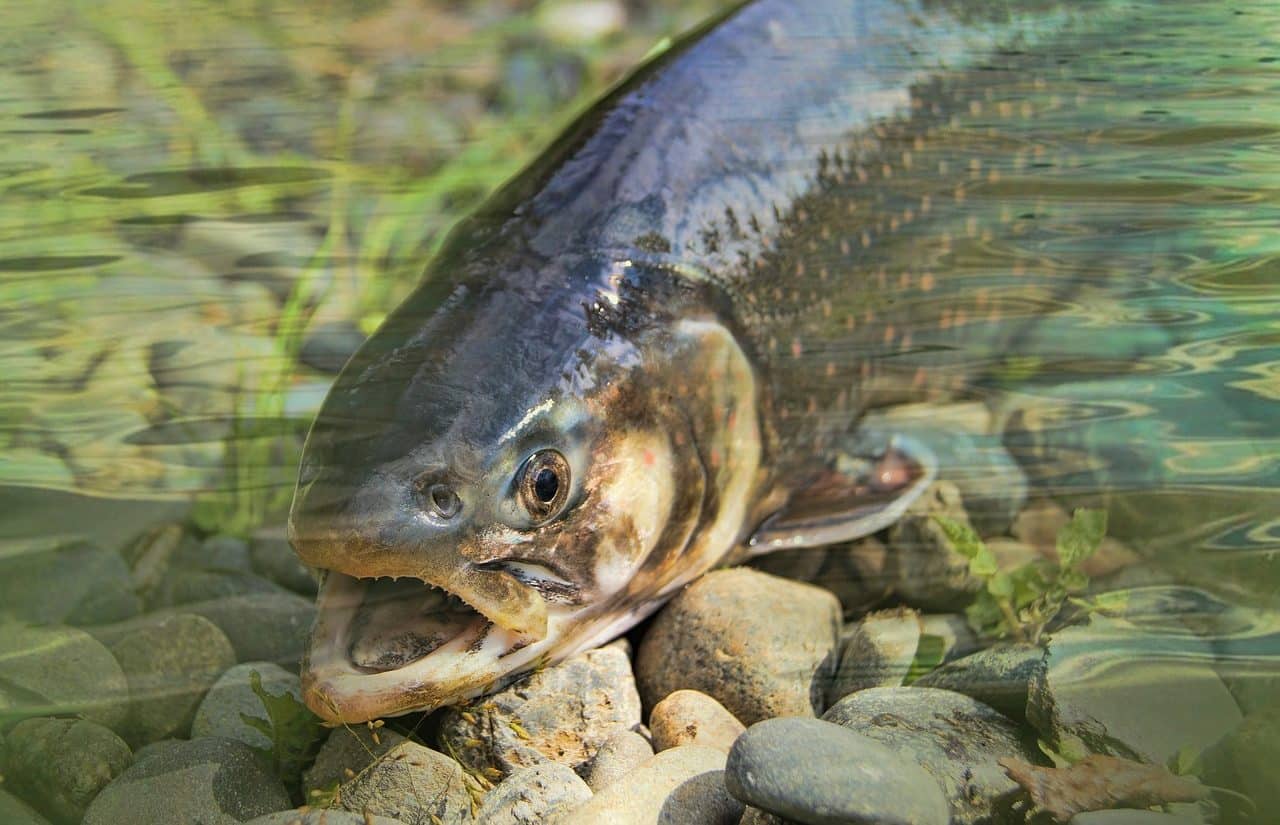
A prisoner is mentioned as someone who is deprived of his liberty by order of Justice.
Reo is a concept with several meanings recognized in the dictionary of the Royal Spanish Academy ( RAE ). When it has its etymological origin in the Latin word reus , it is usually used with reference to the individual who, for having committed a crime, must be punished or is actually serving a sentence . Therefore, a prisoner is someone who is accused of something or who has already been punished.
For example: “The inmate will be transferred to court so that he can hear the judge's verdict ,” “Three inmates escaped from a maximum security prison in Alabama,” “As a lawyer, I believe that this inmate cannot enjoy parole anymore.” which is still dangerous for society.”
The prisoner as someone antisocial or rude
In some countries , an individual who shows difficulties in socializing or adapting to the environment is known as an inmate: “That boy is an inmate who never talks to anyone,” “I can't have an inmate in the company: I need people who know how to work in team” , “The inmates in this neighborhood always cause problems” .
A rude , ragged or ragged person can also be defined as a real person: “When I was young I was a bit of a reo, but then I became elegant,” “You are a reo! Watch your vocabulary” , “With a naked torso and torn shoes, the prisoner entered the restaurant and ordered a soup” . In none of the cases mentioned so far, the person classified as a prisoner calls himself this way, or at least not with pride.

A reo is a specimen of the species Salmo trutta.
Animals and plants
The Salmo trutta or trout, the spider Phobetinus Reo and the plant that is part of the genus Tradescantia receive the common name of reo: "Yesterday I caught several reos" , "In this lake there are a large number of reos" , "Look how beautiful the flowers of the prisoner” .
The Phobetinus Reo spider belongs to the Mimetidea family, specifically the genus of araneomorphs, and is found in North America and Kenya . Two recognized species within this family are Reo eutypus and Reo latro . To understand more about these animals, it is necessary to define the following two concepts:
- Araneomorphs : this is a suborder of the Araneae (commonly called spiders ) whose members have the main characteristic of presenting their chelicerae (their sharp mouthparts, used to take food firmly) arranged diagonally, so that they cross each other. yes at the tip, unlike the chelicerae of the Mygalomorphae , who have them oriented downwards.
- Mimetidae : also known as mimetids , they are a family of spiders belonging to the just mentioned suborder that brings together around 200 species dispersed in 12 genera. It is worth mentioning that mimetid spiders feed on other spiders. Its body usually has a combination of brown and yellow, although it can be reddish.
The Salmo trutta , common or reo trout, is the most common fish within the salmonid family. As a curious fact, it is among the 100 most harmful species on the planet, according to a list prepared by the International Union for Conservation of Nature . It is a large fish (it can weigh up to 14 kg), capable of adapting to various environments, partly thanks to the aggressiveness with which it defends its territory.
The herbaceous and perennial plants that are part of the Tradescantia genus are included in the Commelinaceae family and are divided into 74 species, which can be found in almost all countries on the American continent. They arrived in Europe as ornamental plants in 1600 , since that is the use they usually have, both there and in other parts of the world. On the other hand, they are of great importance for the economy, since they serve as bioindicators to determine if there are mutagens (agents capable of generating mutations) in the environment .
